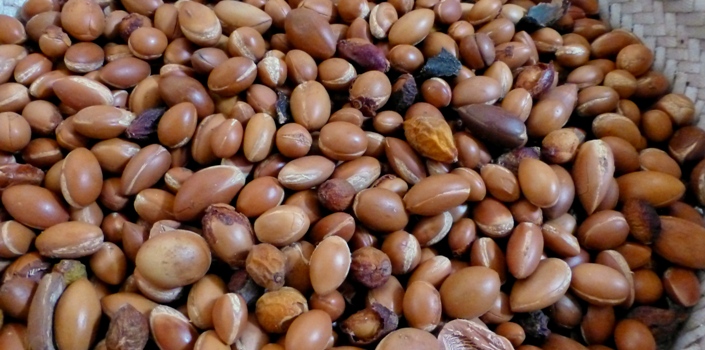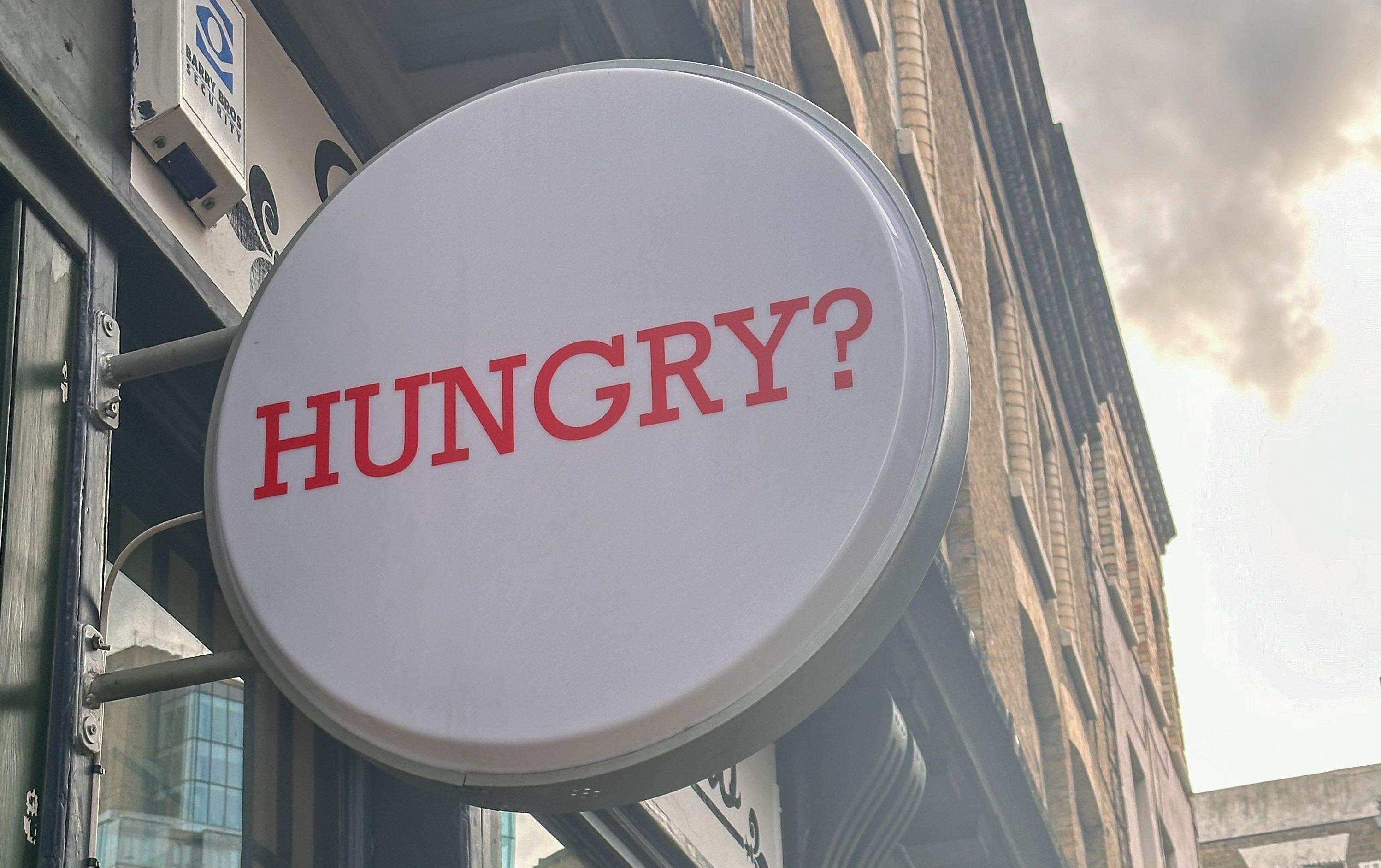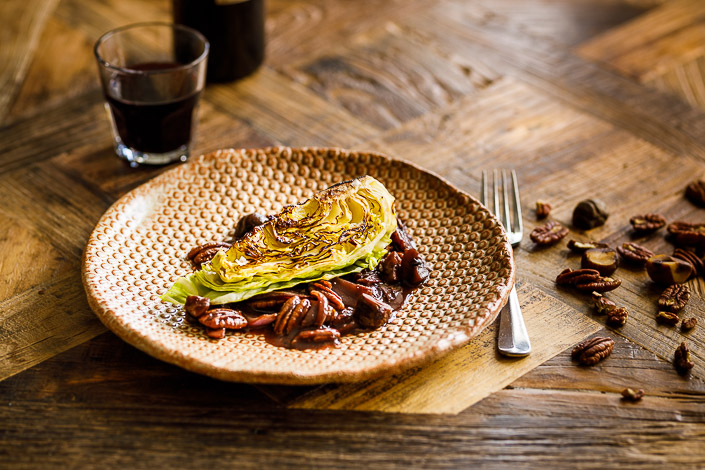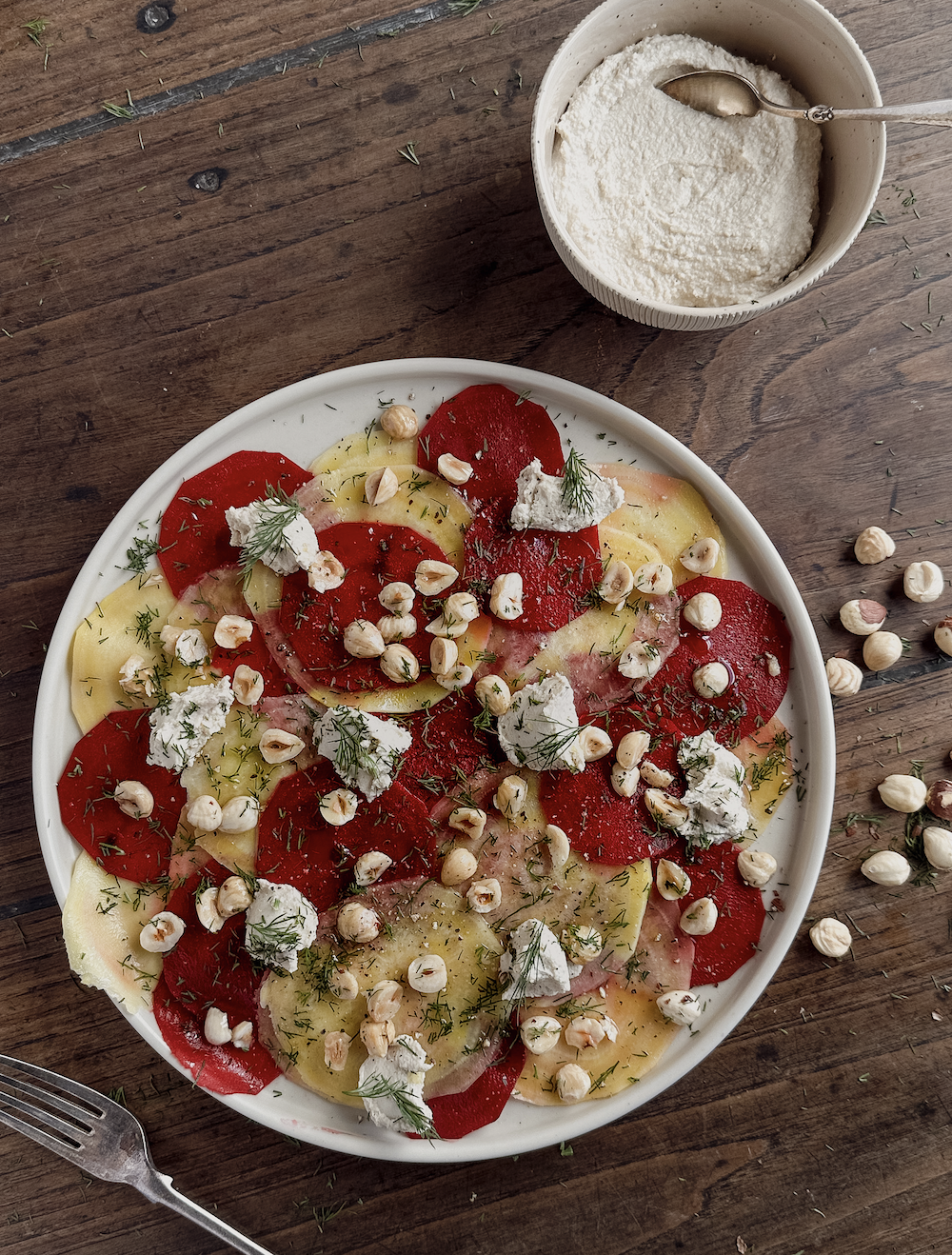Making Moroccan Argan Oil

On my latest trip to Morocco I wanted to find out about the production of Argan oil and why it is so expensive. Argan oil comes from the fruits of the ancient argan tree Morocco Ironwood, which is a thorny and hardy evergreen endemic to the semi-desert of south western Morocco. The trees look like spiky olive trees with crocodile trunks. The fruit is like a large olive, green when unripe and turning yellow when ripe in July.

I wondered if it was really true that the goats climb the very spiky argan trees, eat the fruit and then the Berber women collect the undigested nuts from the goats excrement. Yes, the goats do climb the trees and do eat the argan fruit but more now for the benefit of the tourists and money-making photo opportunities. The goats are actually a pest as they eat the fruits before they are ripe. The rise in the value of Argan oil has encouraged the Berbers to keep the goats out of the trees to protect the fruit and to also preserve the trees, rather than felling them for firewood.
Women in cooperatives do most of the Argan oil production; well, they do most of the manual work splitting the nuts with a stone hammer. The men appear to work the machinery that processes the oil. I did wonder if the only reason for the splitting of the nuts is not mechanized was to provide the local women with work. At the cooperative we visited over 100 women were employed. The women also received a rudimentary education in the afternoon and there was a crèche for their under school-age children.

In July the fruits are collected from the ground, similar to olives, dried and then de-husked. The hard argan nut shell is broken open by women hitting the nuts with a stone hammer that splits the nuts on the seam. The kernels are then milled to make the oil. Traditionally this was done in small stone mill, now in the large cooperatives it has been mechanized and looked very similar to olive oil production, first pressed and then filtered.

The majority of the oil goes into cosmetic oil and only a small proportion is made into culinary oil. What I hadn’t realized is the nutty flavour is not natural but from toasting the kernels before they are pressed for oil. From the Toudarte Womens Argan Oil Cooperative the culinary argan oil cost £28 per litre, here 250ml costs about £15. Argan oil is a finishing oil, and with its nutty flavour makes flavourful salad dressing. Argan oil goes particularly well with chopped ripe tomatoes and mixed with ground almonds and honey to make ‘amalu’ which is like a posh sweet peanut butter. I also like argan oil stirred into a couscous salad.




